Your March Garden Playbook: Getting the Groundwork Right This Month
You can feel it, can’t you? There’s a shift in the air this month. The sunlight seems to have a different quality, and that deep, bone-chilling cold of winter is finally starting to back off. March is all about promise, but for gardeners, it’s also the most critical month of the year. What we do now lays the foundation for everything that comes after.
In this article
This isn’t the glamorous part of gardening—it’s not about showy flowers or the first harvest. It’s the quiet, deliberate work that separates a frustrating season from a fantastic one. It’s so tempting to get excited and rush out to plant everything, but trust me, patience now pays off big time later. Let’s walk through the essential jobs that set your garden up for success.
Is Your Soil Ready? The Most Important Question to Ask
The single biggest mistake I see gardeners make in early spring is working the soil when it’s still too wet. I get it, the impulse is strong! But messing this up can ruin your soil structure for the whole season. I’ll admit, my first year I got impatient and tilled wet soil. I basically created a brick in my garden that I had to fight with all season. I never made that mistake again!
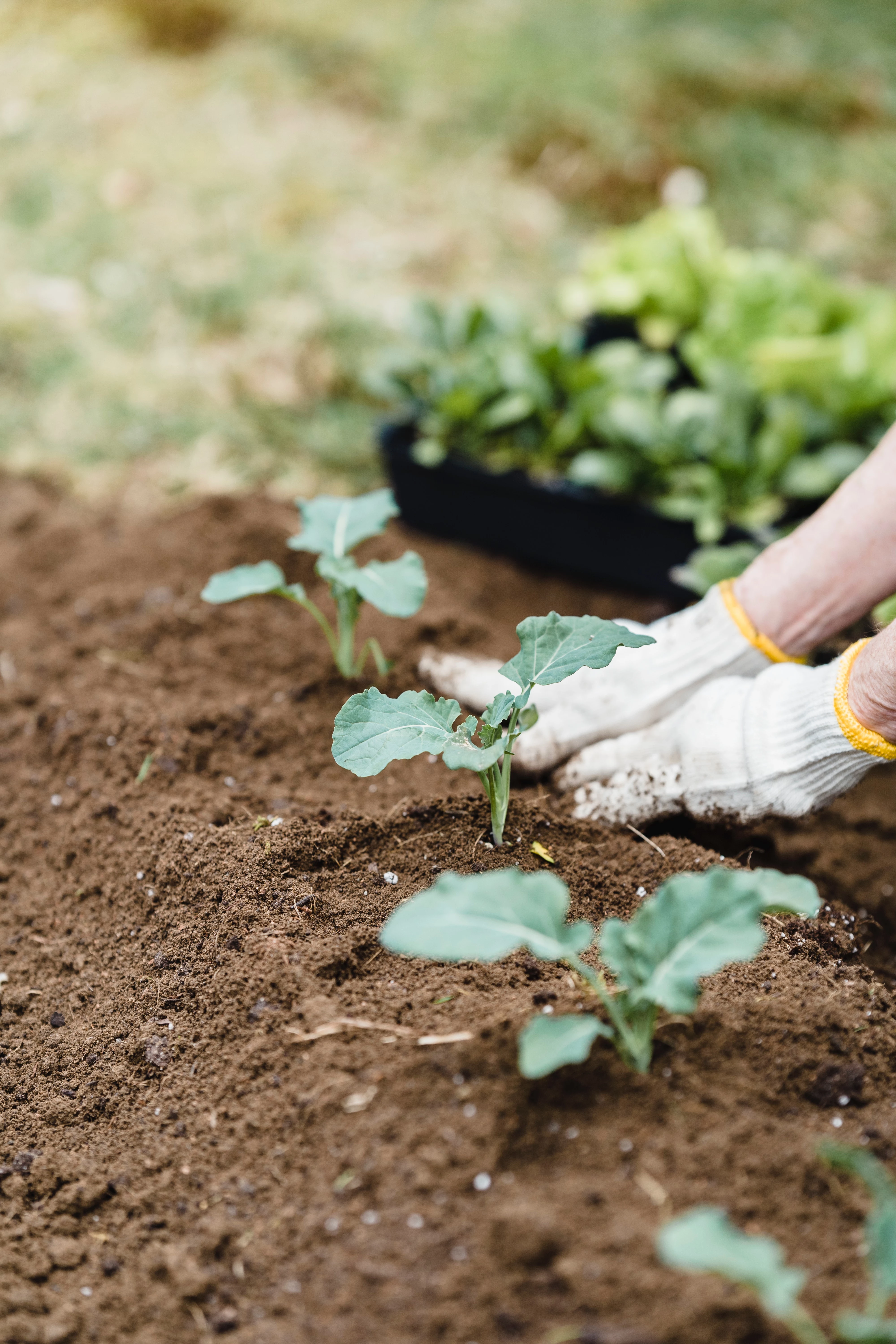
Think of your soil like a sponge. When it’s healthy, it’s full of tiny pockets for air and water that let roots breathe and beneficial microbes thrive. When it’s waterlogged and you walk on it or dig in it, you squeeze all those pockets shut, compacting it into a dense, sad mass. This leads to root rot and chokes out the good stuff your plants need. It’s real, physical damage.
The Pro’s Squeeze Test (No Tools Needed)
So, how do you know when it’s go-time? Forget the calendar and use your hands. This simple test is foolproof.
- Head out to your actual garden bed (not a path or the lawn).
- Dig down about 4 to 6 inches and grab a handful of soil.
- Squeeze it hard in your fist, then open your hand.
Here’s how to read the results:
- If water drips out and it stays a dense, muddy ball, step away! It’s way too wet. Give it at least another week of dry weather before you test it again.
- If the ball holds its shape but crumbles apart when you poke it, congratulations! Your soil is perfect. You’re cleared for digging and planting.
- If the soil is so dry it won’t even form a ball, it’s safe to work, but you’ll need to give it a good, deep watering after you plant anything.

Get the Dirt on Your Dirt with a Soil Test
Before you start dumping fertilizers and amendments on your garden, you need a game plan. Guessing is just a waste of money. A soil test is your roadmap, and for a new garden, I’d say it’s non-negotiable. For established beds, doing one every three to five years is a smart move.
I always recommend using your local university cooperative extension service. Their tests are reliable and the advice they give is tailored to your specific region. Expect to pay around $15 to $30 for a standard test, which is a total steal for the information you get. To take a good sample, grab a clean plastic bucket (never metal, as rust flakes can mess up the iron reading) and a trowel. Take 8-10 small slices of soil from 6-8 inches deep from all around the garden bed, mix them together in the bucket, and let it air dry a bit before sending it off. This composite sample gives the lab a perfect average of your whole garden’s soil.
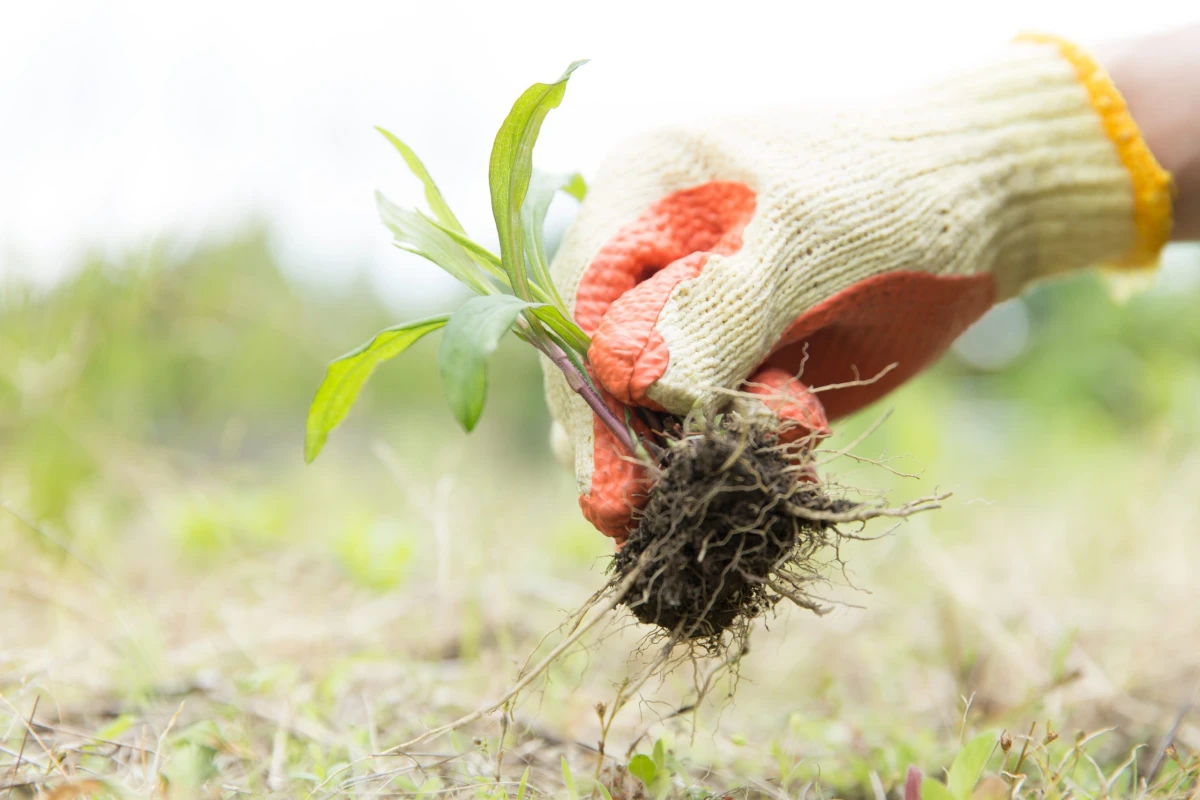
The Art of Pruning: Don’t Make the Wrong Cut!
March is a fantastic time for pruning, but grabbing the shears without a little knowledge can do more harm than good. The goal is to boost plant health and encourage more flowers or fruit, not to give your shrubs a sad, flowerless haircut.
The Golden Rule of Pruning
Heads up! This is the most important thing to know: If a shrub blooms in the spring, you prune it right after it finishes flowering. If you prune it now, you’re cutting off all the flower buds it made last year.
On the flip side, things that bloom in the summer do so on the new growth they’re about to put on. Pruning them now actually encourages a burst of new stems, which means more flowers for you to enjoy later on.
So, to make it super simple…
- Go For It! Prune These Now (Summer Bloomers): These guys bloom on new wood, so a good trim in late winter or early spring is perfect. Think of plants like Panicle Hydrangeas (‘Limelight’, for example), Butterfly Bush, Rose of Sharon, and Smooth Hydrangeas (‘Annabelle’). You can often cut these back pretty hard to encourage vigorous growth.
- Hands Off! Prune These AFTER They Flower (Spring Bloomers): Don’t you dare touch these yet, or you’ll get zero flowers this spring. Wait until their floral show is over. This list includes beauties like Forsythia, Lilac, Rhododendrons, Azaleas, and Weigela.
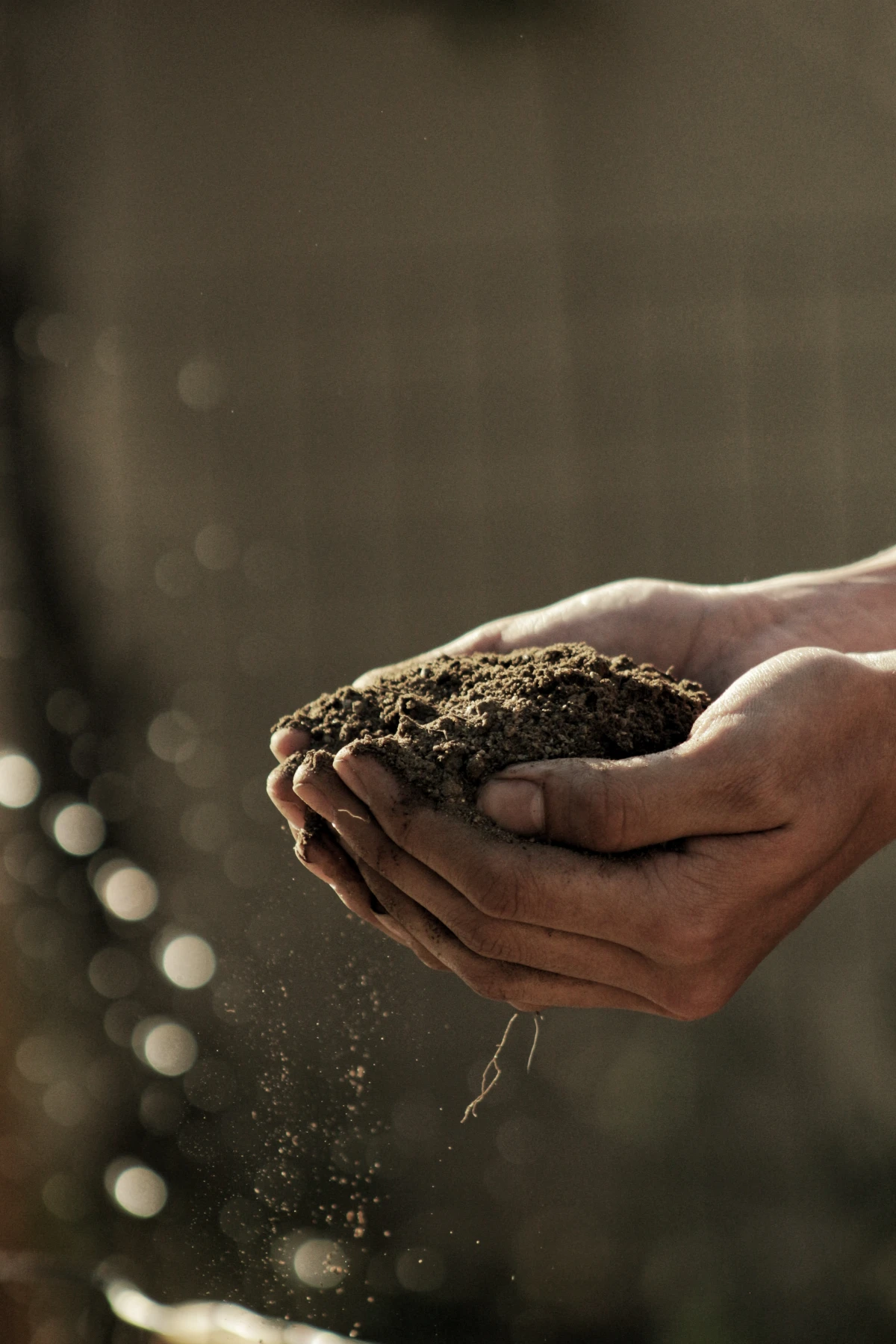
A Few Quick Pruning Tips
For fruit trees like apples and pears, now is the time to remove any dead, diseased, or damaged wood. Then, thin out branches that are crossing or rubbing against each other to let more light and air in. When you remove a branch, cut just outside the ‘branch collar’—that little swollen knuckle where the branch joins a larger limb. Don’t cut it flush with the trunk!
And by the way, make sure your tools are clean and sharp. A sharp blade makes a clean cut that heals quickly. I wipe my pruners down with a rag soaked in rubbing alcohol between plants to avoid spreading any potential diseases. It takes five seconds and can save a plant’s life.
Feed the Soil, Not the Plant
My philosophy has always been to build healthy soil, and healthy plants will follow. Now’s the time to top up the pantry and feed the microbial life that works for you underground.
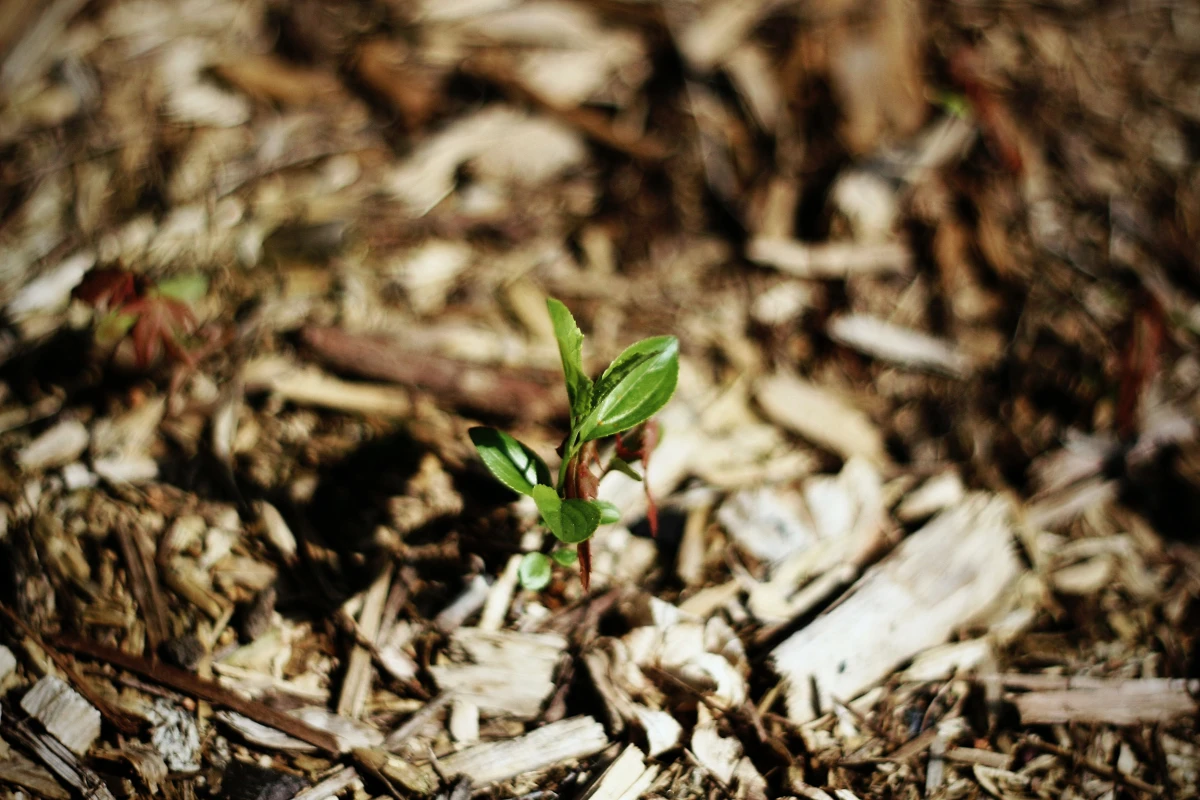
- Compost is King: My go-to is always a good, finished compost. It provides a balanced, slow-release buffet of nutrients and dramatically improves your soil’s ability to hold water. Just spread a 1 to 2-inch layer right on top of your beds. No need to dig it in; the worms will do that work for you.
- A Word on Manure: Manure is great, but you have to use it correctly. NEVER use fresh manure, as it’s too ‘hot’ with ammonia and will burn your plant roots. It needs to be aged for at least six months. If you don’t have access to a friendly local farm, a great and safe alternative is bagged, composted manure from the garden center. Brands like Black Kow or an equivalent are readily available for about $8 a bag and are ready to use.
Time to Start Sowing Seeds
Ah, finally—planting! This is a two-front war in March: starting tender plants inside while sowing the tough guys directly outside.
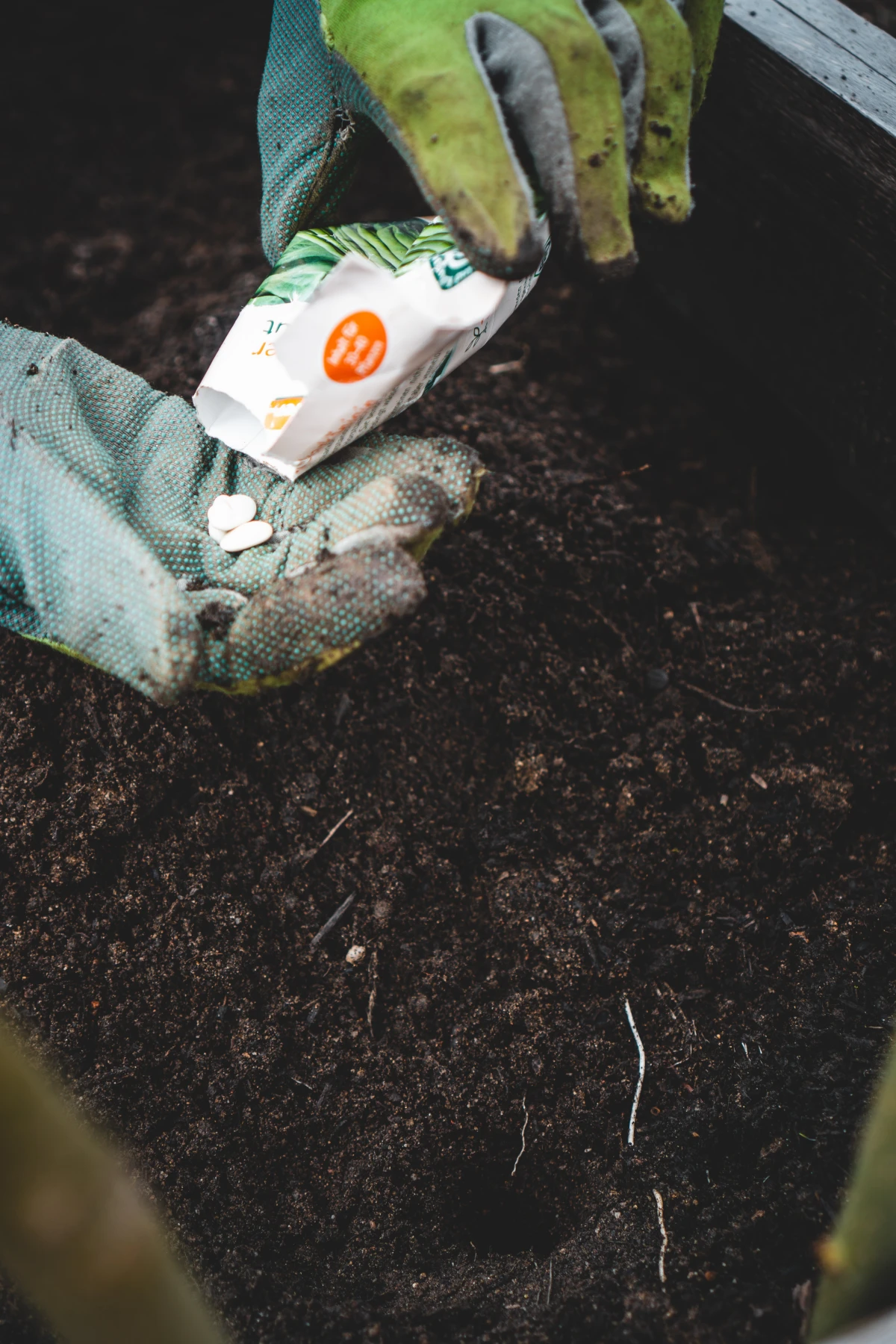
Starting Seeds Indoors
To get a head start on warm-weather lovers like tomatoes and peppers, you’ll need to start them indoors. A sunny windowsill often leads to weak, leggy seedlings. For strong, stocky plants, you need better light. Honestly, a simple $30 shop light from a hardware store works great. Just be sure to hang it on chains so you can keep the bulbs just 2 to 3 inches above the tops of your seedlings. They need about 14-16 hours of this direct light a day.
The most crucial step is ‘hardening off’. You can’t just move your plant babies from their cozy indoor setup to the harsh outdoors. You have to acclimate them over a week or two, gradually increasing their time outside in the sun and wind. Don’t skip this!
Sowing Seeds Outdoors
As soon as your soil passes the squeeze test, you can plant a whole host of cool-season crops. To figure out the best timing, just Google ‘last frost date’ along with your zip code. The Farmer’s Almanac and many university sites have handy calculators.
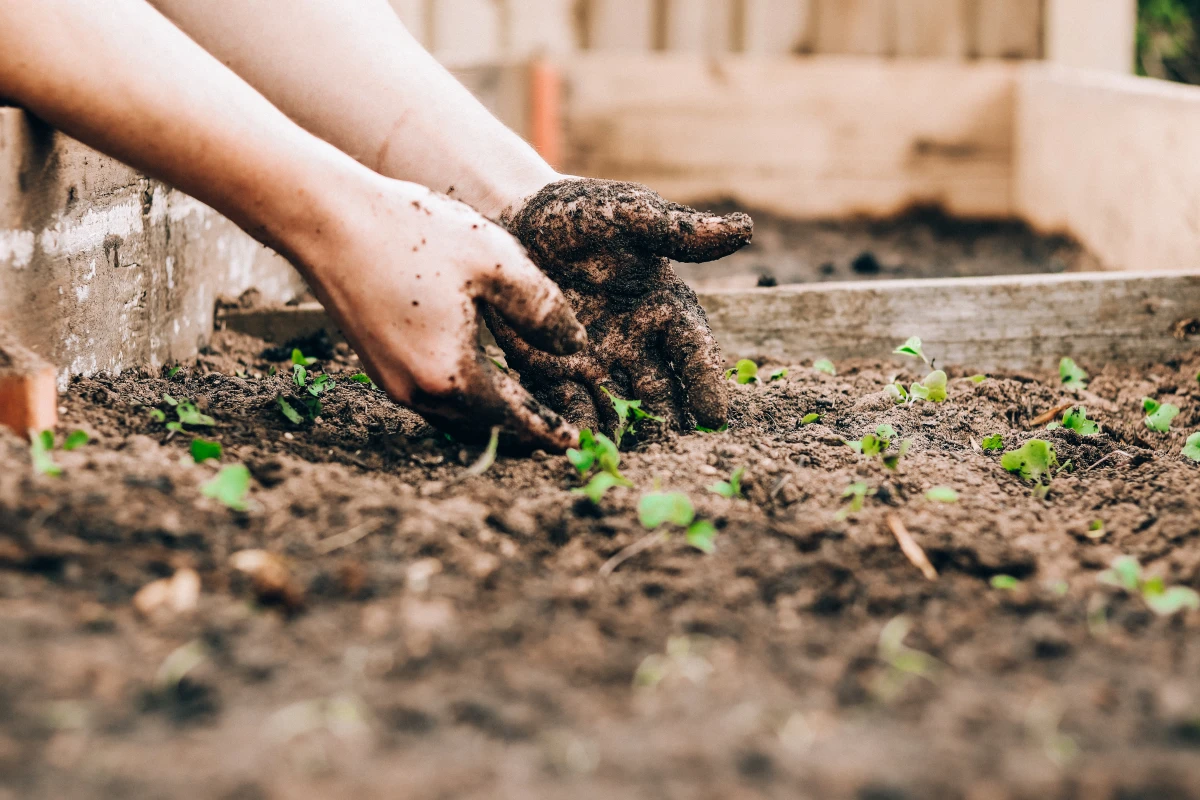
Things like peas, spinach, radishes, carrots, lettuce, and kale can all be sown directly in the garden now. A good rule of thumb is to plant a seed about twice as deep as it is wide. Water gently and get ready for the good stuff!
Win the Weed War Before It Starts
Your soil is full of weed seeds just waiting for their moment. A little work now saves you a summer of back-breaking pulling.
The absolute best weed prevention is mulch. A 2 to 3-inch layer of shredded leaves, straw (not hay!), or wood chips blocks the light and smothers weed seedlings before they can start. For veggie beds, you can lay down cardboard or newspaper (black-and-white print only) and cover it with compost. It works wonders.
Your Quick March Shopping List
Feeling ready to go? Here’s a quick list of what you might need to get started, with some ballpark prices so you can budget.
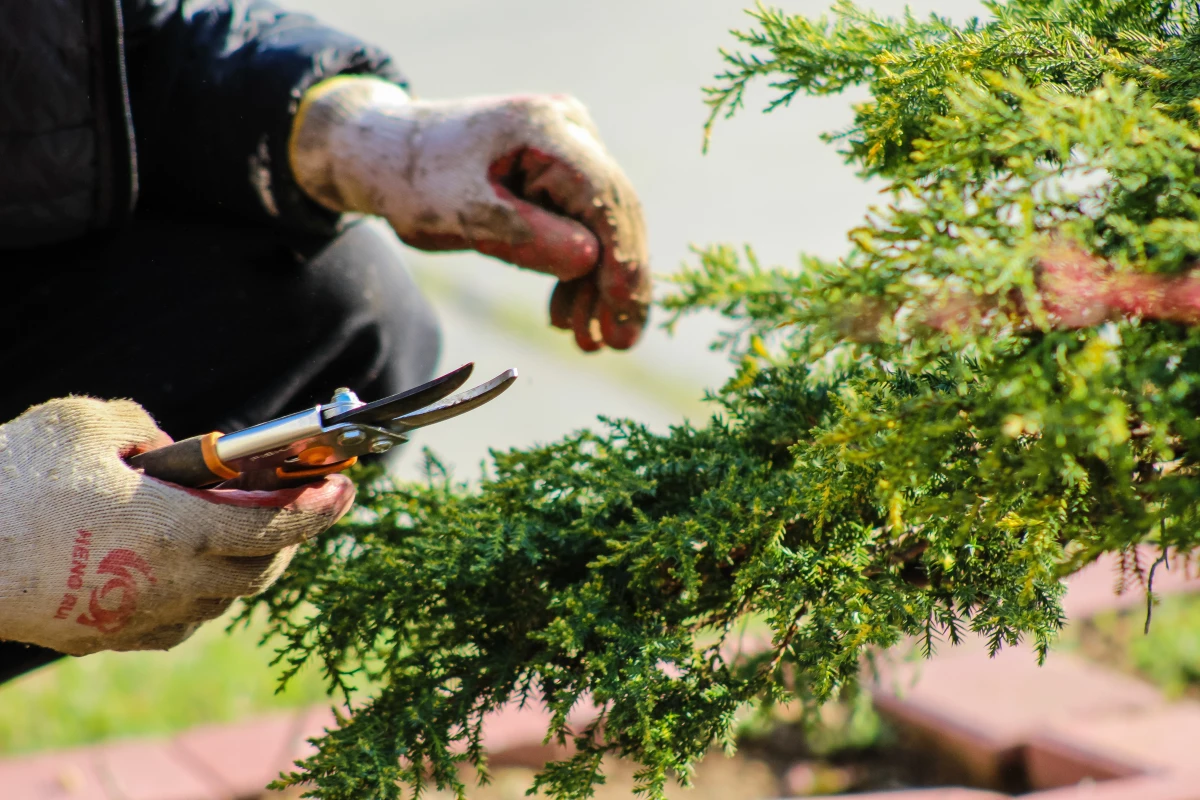
- Bypass Pruners: A good pair is essential. Expect to pay $25-$50 for quality brands like Fiskars or Felco.
- Cooperative Extension Soil Test: The best $20 you’ll spend all year.
- Bagged Compost or Composted Manure: Around $6-$10 per bag at any garden center.
- Seed Starting Mix: A small bag costs about $8-$12 and is much better than garden soil.
- Shop Light: If you’re starting seeds indoors, a basic setup will run you about $30 at a hardware store.
Putting in this foundational work now is a true investment in your garden’s future. You’re setting the stage for a season of healthy growth and enjoyment, not one spent reacting to problems. And that, right there, is the secret to a great garden.
Inspiration:

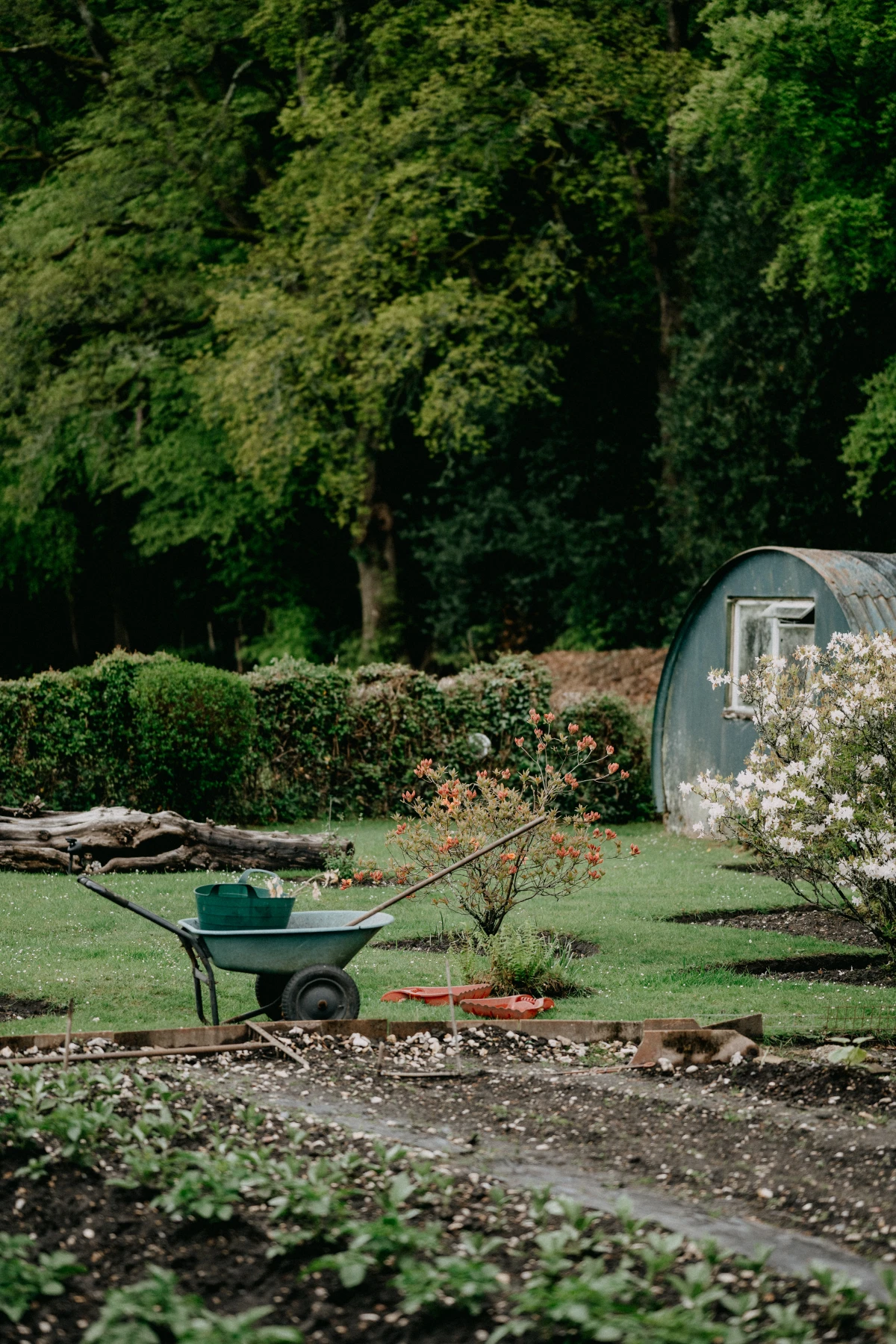
While you wait for the soil to dry perfectly, turn your attention to the toolshed. A little prep now prevents frustration later, and getting your gear in top shape is a satisfying March ritual that makes the real work easier.
- Clean & Sanitize: Scrape off all caked-on mud from shovels and trowels. A quick wipe with a cloth dipped in a diluted bleach solution helps prevent the spread of diseases from last season.
- Sharpen Up: A sharp edge on pruners, loppers, and hoes makes for cleaner cuts and less effort. A few passes with a good mill file is all it takes.
- Oil & Protect: Rub a light coat of boiled linseed oil on wooden handles to prevent them from drying out and cracking. A spray of WD-40 on metal parts will ward off rust.
A single teaspoon of rich garden soil can hold up to one billion bacteria, several yards of fungal filaments, and thousands of protozoa.
This is the bustling, invisible world you’re nurturing this month. When you top-dress your beds with a one-inch layer of well-rotted compost, you’re not just adding nutrients; you’re inoculating the soil with this essential life. These microbes break down organic matter, making it available to your plants and creating the crumbly, aerated structure that roots love. It’s the single best investment for a resilient garden.










